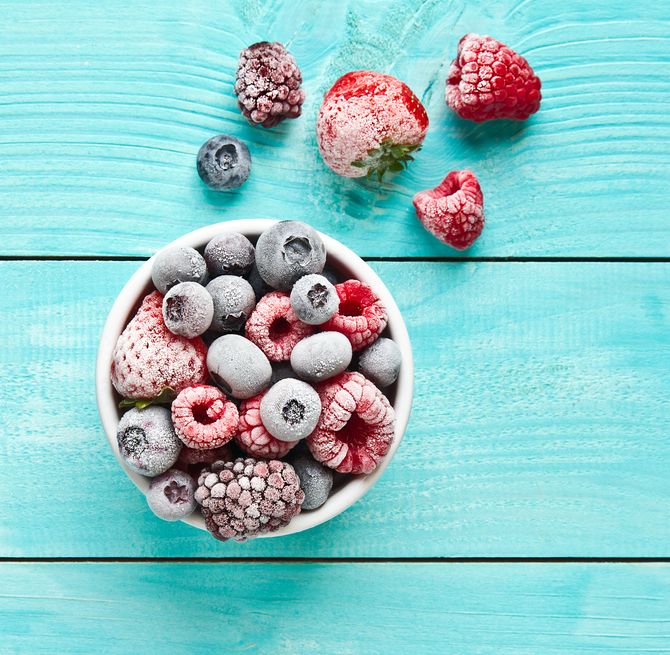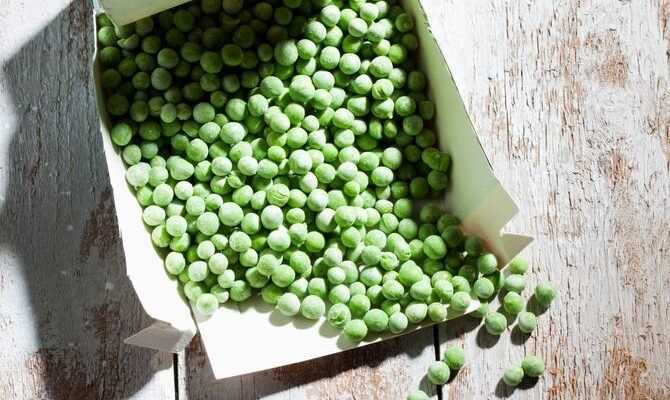These fresh vegetables, what if I freeze them to enjoy them exactly when I want, without spoiling anything? And these summer fruits, how to use them in winter? But it is not a question of just piling up your reserves in the freezer, without paying attention to the order, a few rules of packaging, and conservation. Here are some basic rules for mastering the art of freezing and making your reserves a food gold mine.
Freezing is an essential operation, whether you are a cooking lover or not. The freezer has become an essential appliance in the kitchen. Moreover, we are often a little lost without a freezer, if only to make ice cubes or have healthy products when we do not have time.
But not always easy to do it correctly, between the somewhat vague storage periods and the packaging that pierces and lets frost pass …
What you need to know to tame the cold!
In addition to this, you need to know more about it.
Freezing / deep freezing, the subtle difference
Freezing food means bringing it to a low temperature, between -18 ° and – 25 ° C. This is done at home, using a simple freezer.
Freezing food is an industrial operation which consists in bringing food to a very low temperature (-35 ° to -196 ° C!) Very quickly. A process impossible to reproduce with your freezer therefore.
The major difference between the two? The conservation, much longer for frozen products. So there is no question of keeping your small dishes and your garden fruits frozen for months and months.
In addition to this, you need to know more about it.
What we freeze and what we can't
While many foods and ready-made meals can be stored, there are a few exceptions you should be aware of.
Their characteristics? Their sensitivity to bacteria. Because the freezing process does not kill bacteria: it just stops their proliferation. Contamination therefore starts again after thawing!
In addition to this, you need to know more about it.
> Rule n ° 1: take care of the packaging
You can leave the original packaging, which has the advantage of including advice on use and an expiration date, which are always useful information.
For unpackaged products (your prepared meals, your garden vegetables, market fruits, etc.), a few simple rules must be followed.
To freeze your products, you must pack them in a perfectly airtight way. The packaging should be airtight and free of air, which will prevent moisture loss.
© Istock
Packaging for freezing that you can use:
– non-reusable plastic bags, which you will take care to flatten to expel the air;
– thick aluminum foil (to prevent tearing) or plastic film;
– reusable aluminum trays, provided they have been impeccably cleaned;
– plastic boxes (do not fill them to the brim but leave at least 1 cm of space under the lid: when freezing, the food increases in volume).
To know : The use of plastics in food is giving rise to more and more debate, with the migration of nanoparticles from certain plastics in food that can disrupt the endocrine system, for example. So at best, avoid the use of plastic by favoring glass; otherwise, be aware that you should not put hot food or heat your food in plastic containers so as not to promote the migration of nanoparticles to the food.
Your smart shopping: To avoid plastic containers, we recommend these glass dishes, which are resistant to strong temperature variations. Their lid provides a good seal for storage down to -40 ° C in the refrigerator or freezer, and without their lid, they can be oven-safe up to 300 ° C. To equip yourself, a battery of 7 Pyrex dishes in various sizes and formats can be ordered on the Internet.
> rule n ° 2: we only freeze food cold, under penalty of seeing frost appear.
> rule n ° 3: stick a label where the contents and date of freezing will be indicated. Some labels are specially designed to resist the cold and can then be easily removed with hot water. Inexpensive, they can be ordered online here.
It's up to you to choose your packaging according to the shape, the quantity, the nature of your food… and the size of your freezer!
Tips to know for good freezing
It is recommended to set the temperature of your freezer to -18 ° C.
THE golden rule to really follow: do not refreeze never a product already frozen or frozen. This is assured intoxication, unless this product, once thawed, has then been thoroughly cooked, in which case it can be refrozen.
Never break the cold chain. When you go shopping, in the store, place your frozen foods in a cooler or cooler bag, and put them in the freezer when you return. If you are planning a long trip or hot weather, avoid buying frozen.
Wash your fruits and vegetables before freezing them. You can even pre-cut them, remove the pits, the seeds, so that they are ready to use when you need them.

© iStock
The different shelf life of the freezer
Meat and Fish: 8 to 24 months
Pastries: 12 to 24 months
Fruits and Vegetables: 24 to 36 months
- Frozen products at home
Pisces: 3 to 5 months
Pork, lamb and veal: 6 to 8 months
Beef, poultry and game: 12 months
Fruits and Vegetables: 8 to 10 months
Ready meals: 3 months
How to thaw properly?
As has been said, freezing does not kill bacteria. We therefore do not defrost a product in ambient air, but in the refrigerator. You can also use your microwave's defrost program.
But the best is still to cook your frozen products directly.
This is possible for many products: fish, vegetables and fruits in foils or steamed, ready meals cooked in broth, in the microwave or in a wok, etc.
In any case, do not drink the defrost juice!
And also on aufeminin
How to make homemade ice cream?
And even more :
Also follow us on Pinterest for more food inspiration, click below:
